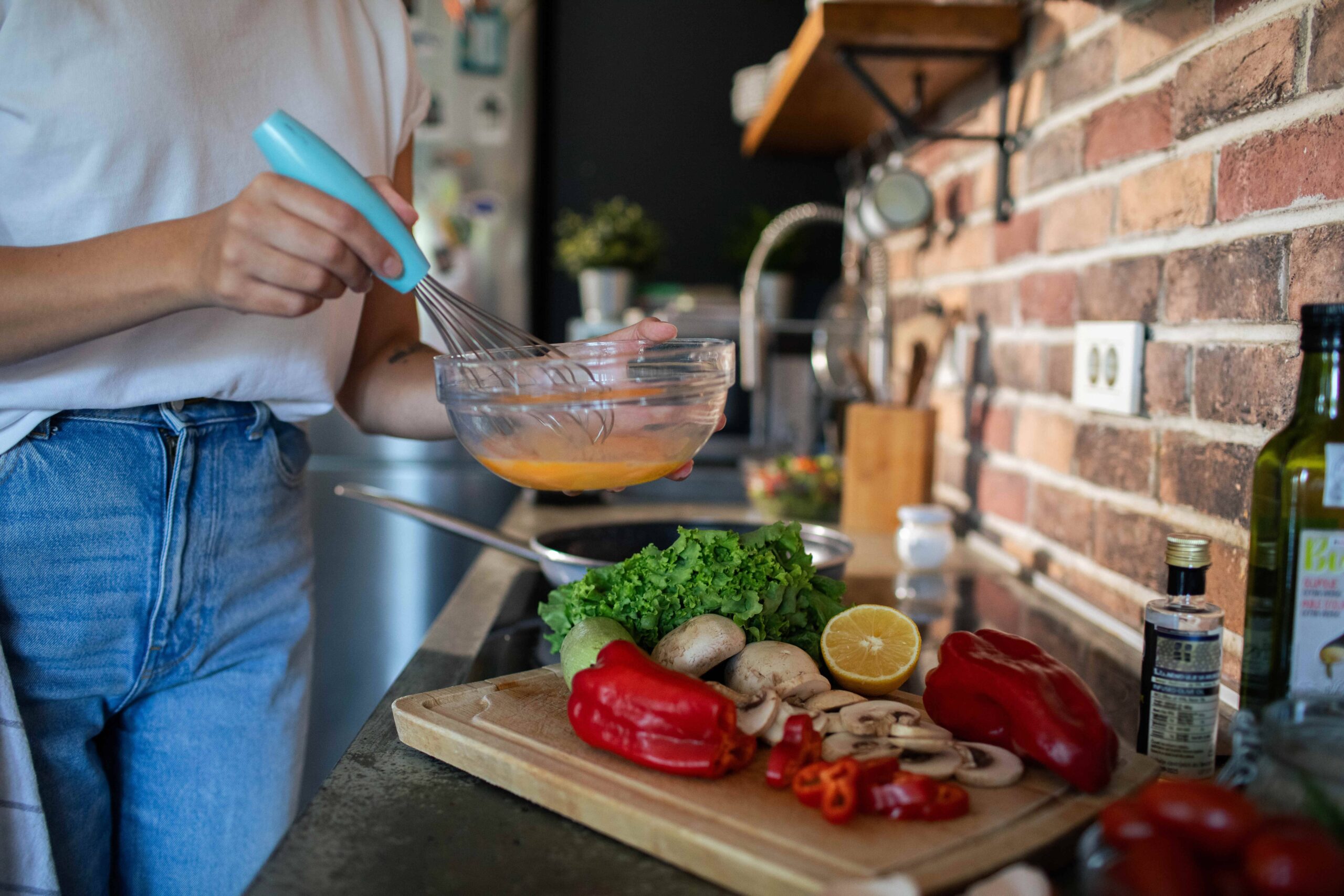Healthy eating doesn’t have to mean spending your entire Sunday chopping vegetables or cooking in bulk. Explore time-saving strategies that help you prep smarter, eat better, and keep your food budget in check.

Why Meal Prep Isn’t Just for Fitness Junkies
Meal prep gets a bad rap for being boring, repetitive, or only for people obsessed with macros. But at its core, meal prepping is about removing daily decision fatigue and making it easier to eat decent food during a busy week. When you’ve got a plan—even a loose one—you’re less likely to skip meals, overspend on takeout, or reach for the fastest (read: least nutritious) option in your fridge.
You don’t need to cook five days’ worth of meals in one afternoon. In fact, for most people, that’s not realistic. What works better is prepping in layers: batching some ingredients, making a couple of easy base meals, and keeping key items ready to assemble. The goal is flexibility, not rigidity.
Start with the Basics: Prep Ingredients, Not Just Meals
You don’t need to pack full meals in identical containers to get the benefits of meal prep. One of the best tricks for busy people is ingredient prepping. That means you chop, cook, or portion out individual components so you can mix and match them later.
For example, roast a tray of vegetables, cook a batch of rice or pasta, and portion out protein like chicken, lentils, or beans. Keep a few sauces on hand—like pesto, salsa, or a quick tahini dressing—and you’ve got dozens of combinations ready in minutes.
You can use the same base ingredients for rice bowls, wraps, salads, or pasta dishes with almost no extra effort. This approach also reduces food waste since you’re more likely to use up everything you cooked.
Make Time Once to Save Time All Week
One of the hardest parts of eating better is the mental energy it takes to make choices at the end of a long day. Meal prepping removes that pressure by doing the thinking ahead of time. But you don’t need hours to make it work. Even 20 minutes of prep can change your week.
Use downtime on a Sunday—or even a weeknight—to make one batch of something you can eat multiple ways. That could be chili, stir-fry, baked chicken, or a veggie-packed pasta dish. Then portion it out into containers so lunch or dinner is already halfway done.
If you don’t want to eat the same thing every day, freeze half of what you made. That way, you’ve got backup meals ready to go for next week, and you’re building a little cushion of home-cooked food without extra effort.
Best Foods for Quick Prep and Mix-and-Match Meals
Not all foods hold up well over a few days in the fridge, so it helps to start with ingredients that stay fresh, reheat easily, or can be eaten cold. Here’s a go-to list for low-effort prepping:
Cooked grains: rice, quinoa, couscous, bulgur
Roasted or steamed vegetables: broccoli, zucchini, carrots, sweet potatoes
Proteins: rotisserie chicken, hard-boiled eggs, lentils, canned tuna, tofu
Pre-washed greens: spinach, kale, mixed greens
Quick carbs: tortillas, whole-grain wraps, pita bread
Versatile extras: hummus, avocado, shredded cheese, nuts, seeds, sauces
Keep these items in clear containers or pre-portioned zip-top bags so they’re easy to grab and use. If you’re building lunchboxes or bento-style meals, this setup makes it quick to mix things up without cooking every night.
Budget-Friendly Prep for the Real World
Meal prep isn’t just about saving time—it’s also one of the best ways to save money on food. When you plan your meals, you avoid impulse purchases, minimize food waste, and use ingredients more efficiently.
Start by shopping your pantry. Do you already have pasta, beans, rice, or frozen veggies? Build meals around those instead of starting from scratch. Then make a short grocery list based on meals you actually want to eat—not what you think you should eat.
Discount grocers like Aldi, Walmart, or local ethnic markets are great for affordable staples. You can also save by buying in bulk and freezing extra portions. Prepping for two meals a day—even just three days a week—can cut your food spending dramatically compared to last-minute takeout.
Don’t overcomplicate it. A peanut butter sandwich with fruit, or a simple rice bowl with frozen veggies and an egg, is still a win if it keeps you fed and away from the drive-thru.
Keep It Real: Your Plan Should Fit Your Life
You don’t need to become someone who eats perfectly portioned meals with garnish. If you’re busy, tired, or just overwhelmed, aim for progress over perfection. That might mean prepping three breakfasts for the week, not 15 meals. Or just cutting veggies so dinner comes together faster.
If you live with others, meal prepping can help reduce decision-making stress for the whole household. Get everyone involved in picking meals or packing leftovers. Even kids can help assemble snack boxes or stir a pot of pasta.
Some weeks will go smoothly, and others won’t. That’s normal. Just get back on track the next time you grocery shop.
Helpful Tools (You Don’t Need Many)
You don’t need a ton of gear to meal prep successfully. A few key items can make it much easier: a sharp knife, cutting board, basic storage containers, and a large sheet pan. If you want to level up, add a slow cooker, air fryer, or rice cooker.
If you like using apps to stay organized, try Mealime for free weekly meal plans, Paprika for recipe storage, or Plan to Eat for drag-and-drop scheduling. But don’t feel like you need tech to make this work. Even a sticky note on the fridge with a list of meal options can keep you on track.
Final Thoughts: Prep Less, Stress Less
Meal prep doesn’t need to take over your weekend—or your fridge. You don’t have to be perfect, and you don’t have to do it every day. But a little planning goes a long way when you’re tired, hungry, and short on time.
By prepping ingredients instead of entire meals, keeping your system flexible, and using what you already have, you can make healthier choices more often—and save serious time and money in the process.
Sources
Mealime
Paprika Recipe App
Plan to Eat
USDA – Meal Prep Tips
Budget Bytes





